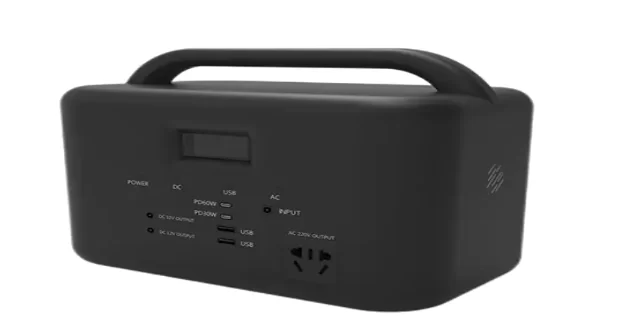Factors Affecting the Usage Time of a 100Ah LiFePO4 Cell
The runtime of a 100ah lifepo4 cell can vary widely depending on several key factors. Understanding these factors can help users maximize battery efficiency and lifespan. The main factors include discharge current, load power, operating temperature, and battery aging.
1. Discharge Current
The rate at which the battery discharges has a significant effect on its usage time. Generally, a lower discharge current will extend the battery’s usage time, while a higher discharge current will shorten it.
Example:
If the battery discharges at a current of 10A, the usage time can be calculated as follows:
Capacity = Current × Time
100Ah = 10A × Time, so the usage time is 10 hours.
At a higher discharge current of 20A, the usage time reduces to:
100Ah = 20A × Time, giving a usage time of 5 hours.
2. Load Power
Load power is another critical factor that influences battery runtime. A higher load power shortens usage time, whereas a lower load power extends it.
To determine battery energy capacity:
A typical LiFePO4 battery has a nominal voltage of around 3.2V. Therefore:
Battery energy = Voltage × Capacity = 3.2V × 100Ah = 320Wh.
Based on this energy, the usage time can be calculated as follows:
Example:
If the load power is 64W, usage time = battery energy ÷ load power = 320Wh ÷ 64W = 5 hours.
With a load power of 160W, the usage time is 320Wh ÷ 160W = 2 hours.
3. Operating Temperature
Ambient temperature significantly affects the battery’s performance and capacity. Within an optimal temperature range (usually 0°C to 40°C), the battery operates near its theoretical capacity. However, extreme temperatures, both high and low, impact usage time.
– Low temperatures: In colder conditions, battery capacity decreases, resulting in a shorter usage time. For instance, at -10°C, the battery’s capacity might drop to around 80% of its nominal capacity, reducing usage time.
– High temperatures: While warmer conditions can slightly enhance discharge capacity, prolonged exposure to high temperatures accelerates battery aging, affecting both lifespan and performance.
4. Battery Aging
As the battery undergoes more charge and discharge cycles, it gradually ages, and capacity decreases, leading to shorter usage times. Typically, LiFePO4 batteries have a longer cycle life, often exceeding 2000 cycles, but capacity will naturally diminish over time.
Battery Management System (BMS) An advanced Battery Management System (BMS) plays a vital role in extending the usage time and safety of LiFePO4 batteries. The BMS monitors and manages various parameters, such as voltage, temperature, and state of charge, ensuring the battery operates within safe limits. It also provides critical protection against overcharging, deep discharging, and short circuits. A well-designed BMS can significantly improve battery efficiency and longevity by balancing cell performance and minimizing the impact of environmental and load factors on battery health.
Energy Density and Application Versatility The high energy density of LiFePO4 batteries allows them to store more energy in a compact size, making them ideal for applications with limited space, such as portable devices, solar storage systems, and electric vehicles. Additionally, LiFePO4’s versatility enables it to be integrated into hybrid energy solutions, often combined with solar and wind power systems to provide reliable backup energy. This versatility ensures consistent power availability, making these batteries well-suited for both daily use and emergency power in various environmental conditions.
Example:
A new battery may provide 10 hours of usage, but after several cycles, this could reduce to 8 hours or less.
The usage time of a 100ah lifepo4 cell varies significantly under different conditions, with times ranging from a few hours to over ten hours depending on discharge rate, load power, temperature, and aging. Understanding these factors can help optimize the battery’s performance for specific applications.
Introducing Huijue portable household energy storage power supply, has high energy density and high charge-discharge conversion efficiency. The BMS battery management system has multiple protection functions. The system is flexible and reliable, scalable and upgradeable; High modularity, simple structure, easy installation and maintenance.This battery has a capacity of 500w and can charge your mobile phone and computer multiple times. It is a good companion at home and when traveling.


